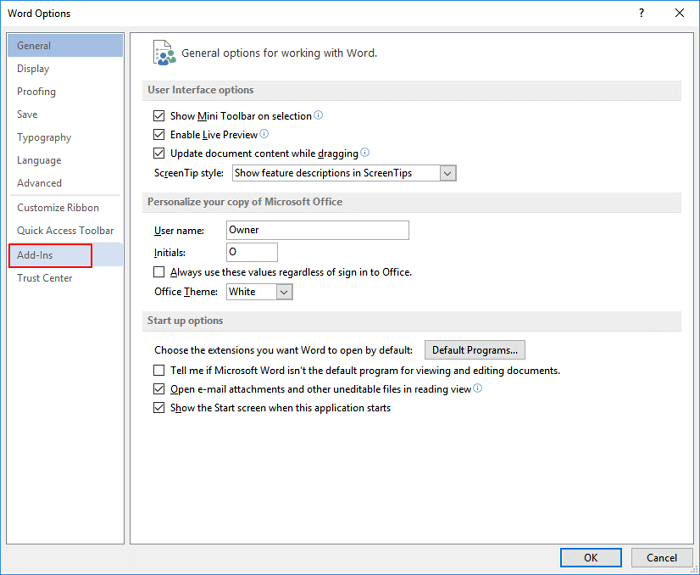
- MICROSOFT OFFICE 2004 FOR WINDPWS UPDATE
- MICROSOFT OFFICE 2004 FOR WINDPWS WINDOWS 10
- MICROSOFT OFFICE 2004 FOR WINDPWS CODE
How Known Issue Rollback works for the end user
MICROSOFT OFFICE 2004 FOR WINDPWS CODE
In the context of security fixes, older code is typically more vulnerable or exploitable this is why we don't use Known Issue Rollback with security fixes today. Using this coding scheme retains the old code. Note: As mentioned earlier, we only use Known Issue Rollback with non-security fixes. Enterprises will be able to exercise control over this policy.
MICROSOFT OFFICE 2004 FOR WINDPWS UPDATE
If a fix turns out to have a serious problem, Azure hosted services and Windows work in tandem to update this policy-setting on the device and disable the problematic fix. Today, fixes in our monthly updates are enabled by default - i.e., the old code is disabled, and the new code is enabled. If the policy states that the fix is enabled, then the new code runs and if the policy says that the fix is disabled, then the OS falls back to the old code-path. This policy tells the OS whether a fix should remain enabled or not.

The Known Issue Rollback infrastructure in the OS provides developers with a method that evaluates a policy to determine the execution path. When Windows developers code a non-security bug-fix, they keep the old code intact and add the fix.
MICROSOFT OFFICE 2004 FOR WINDPWS WINDOWS 10
Some versions of Windows 10 prior to version 2004, for example versions 19, have partial support for Known Issue Rollback built into the OS and we leverage that support whenever possible when shipping updates for those versions. While Known Issue Rollback was originally designed for user-mode processes, we have made phased improvements over the last year to the OS kernel and the boot loader to support this capability in kernel mode. Every month, we release monthly updates with many of quality changes “contained” using the Known Issue Rollback capability. Known Issue Rollback is an important Windows servicing improvement to support non-security bug fixes, enabling us to quickly revert a single, targeted fix to a previously released behavior if a critical regression is discovered.īuilt in direct response to your feedback, the pieces that make Known Issue Rollback work came together in a functionally complete system beginning in Windows 10, version 2004. Over the past year, we have been working on improvements that help you ensure uninterrupted productivity even when rolling out critical updates to prevent or address potential issues.

The Windows Servicing & Delivery team works to help keep Microsoft customers protected and productive by continuously building and delivering updates to the intelligent cloud and intelligent edge. We know you need both: security and productivity. At the same time, you strive to sustain the productivity of your work forces. In today’s digital world, we you know you rely on trustworthy systems and services to stay ahead of potential security threats to your enterprise environments. In this blog, my engineering partner, Vatsan Madhavan, and I will walk you through this new capability. Today I'm sharing details about Known Issue Rollback (KIR), a new capability that can quickly return an impacted device back to productive use if an issue arises during a Windows update.


 0 kommentar(er)
0 kommentar(er)
